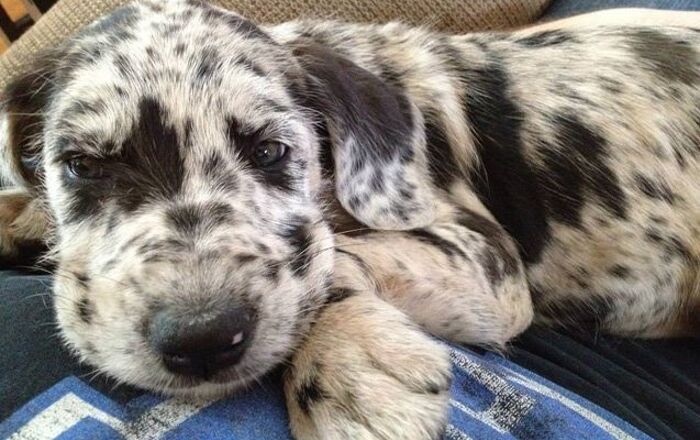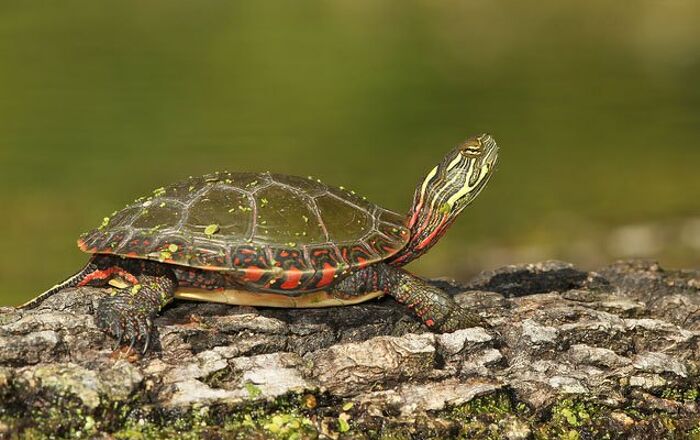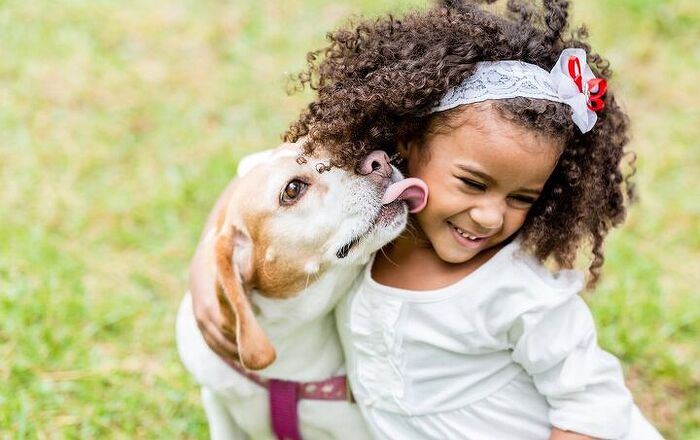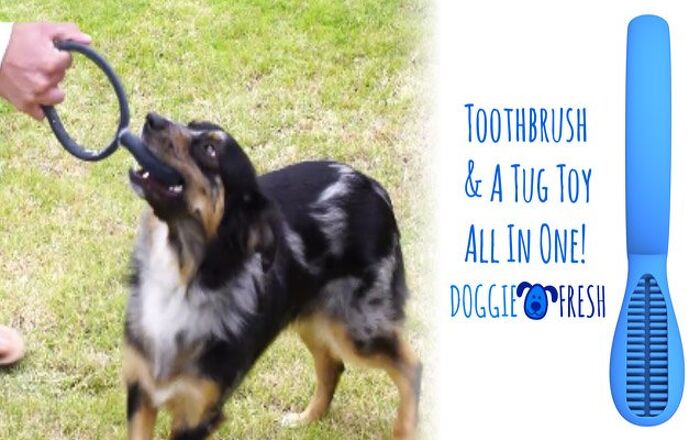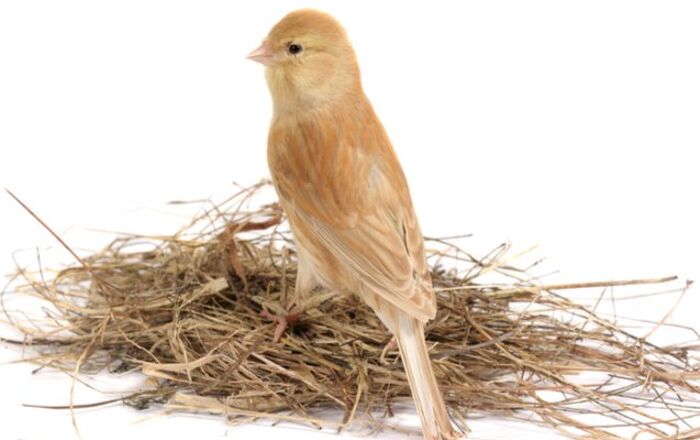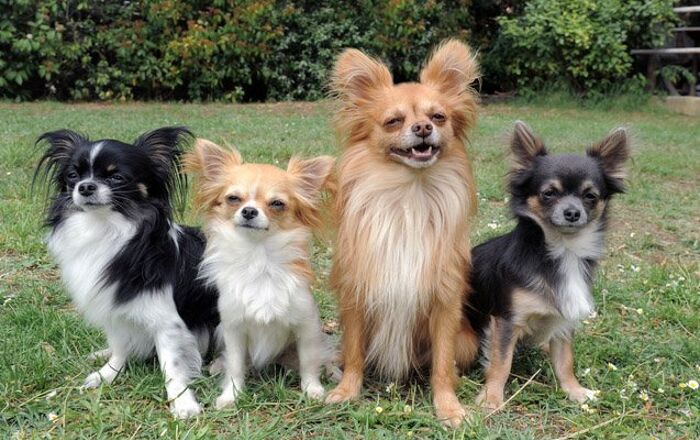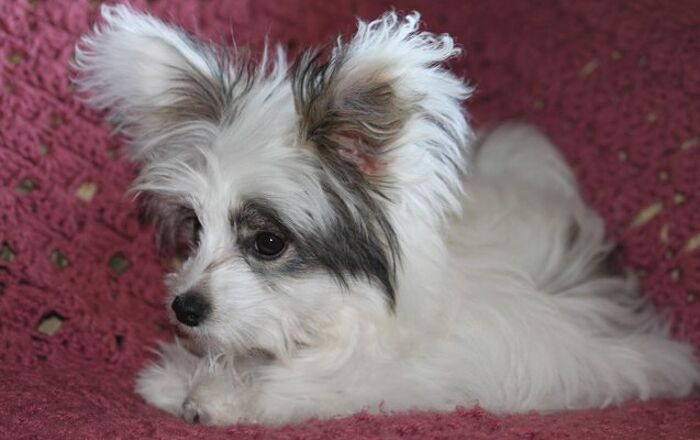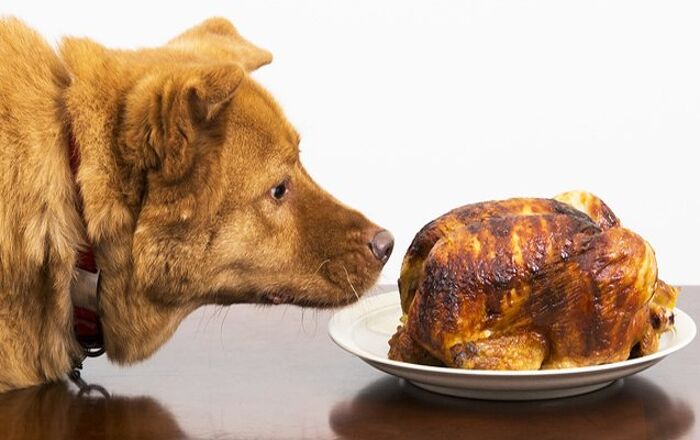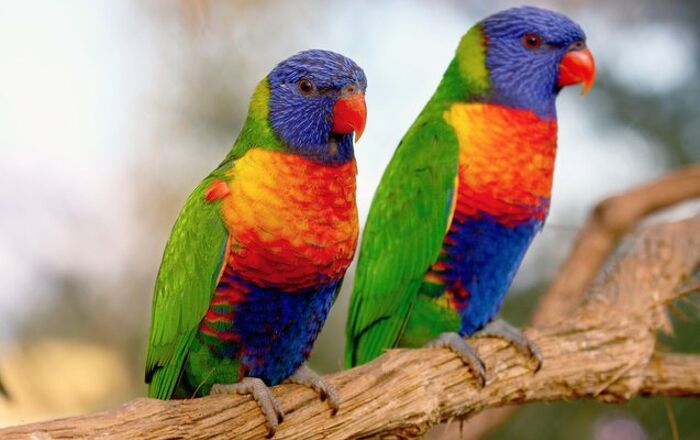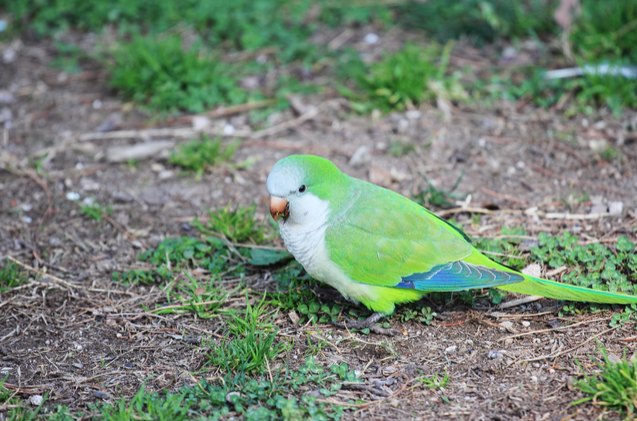
Green Rumped Parrotlet General Info
There is so much to love about these tiny, cute, playful little parrots from the New World. The Green Rumped Parrotlet can be an excellent choice for beginners, thanks to their low noise levels, ease of care and simply lovely personalities. This also makes them a great choice for apartments and other small places. If you’re looking for a tiny bird full of fun and goofy tricks that will easily steal the hearts of the whole family, then these parrotlets are the right choice.
These “pocket parrots” will capture your heart with the cuteness, silly mimics, and affectionate personality.
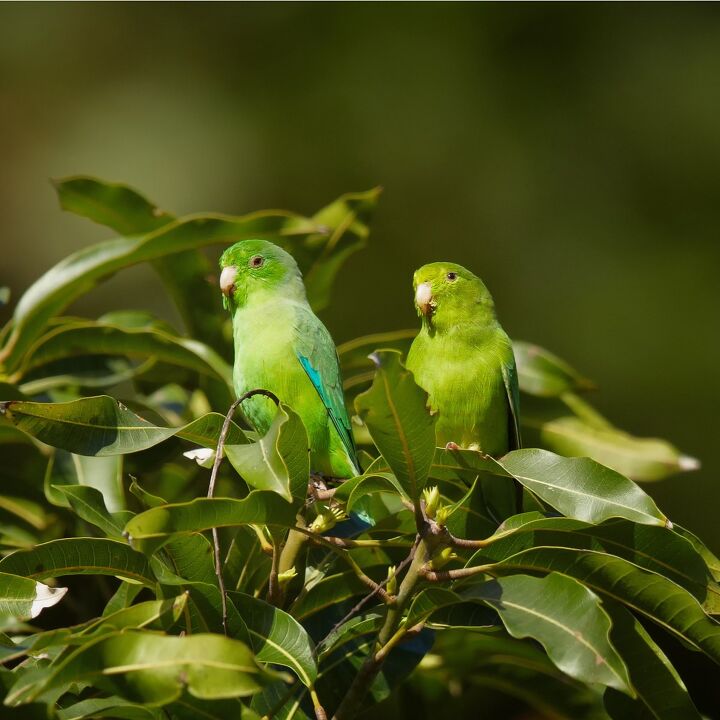
Native Region/Natural Habitat
The Green Rumped Parrotlets are a common sight in a big part of South America. From Trinidad, Colombia, Venezuela, and Brazil, as well as Guianas, these parrots love to nest in the forests, farmlands and deciduous woodlands of the region. Their flock can be really large, numbering as much as one hundred birds in flight.
Overall Description
With an average length of just 5 inches (12 centimeters) and a weight of only 23 grams (less than an ounce!), these parrotlets are really tiny.The Green Rumped Parrotlet’s size earned them a popular nickname – the pocket parrot. They’re also the smallest of all the New World parrots. They have a low set, chubby body, and short rounded tails. This results in an absolutely cute look, which is one of the many reasons behind the popularity of this pet parrots.
Speech and Sounds
These parrots can be a great pet bird for your apartment since they are generally not noisy. Their cartoonish chirps and twittering are not loud or annoying, and they are known as capable mimics. They can repeat a few words in a squeaky voice, and mimic some commonly heard tones like beepers and alarms. Don’t hesitate to attempt training them – they are inquisitive and love to learn new sounds.
Colors
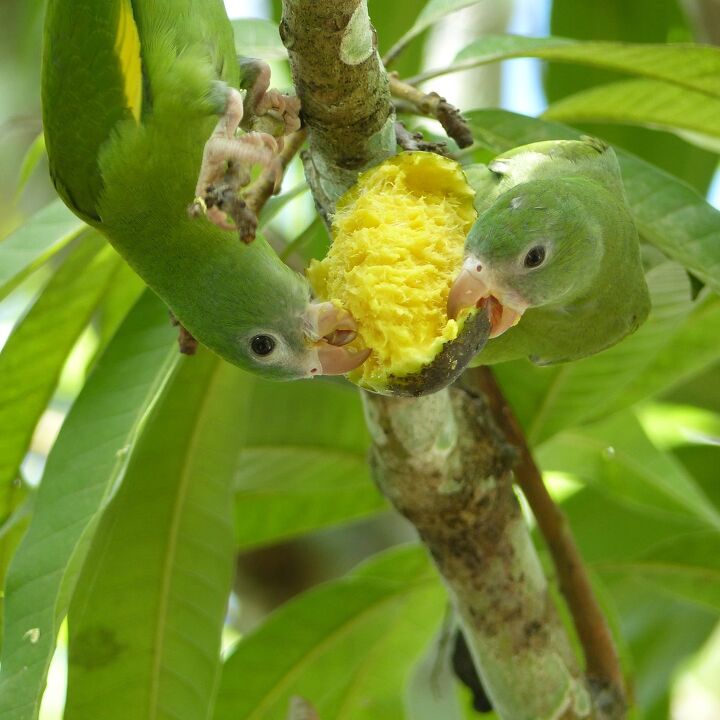
As the name implies, the Green Rumped Parrotlet is predominantly bright green. They are a sexually dimorphic breed, which means the males and females have visible differences. The males have a patch of striking blue feathers on the wings, while the females do not. They have some yellow shades on the head instead. This makes it easier to choose a pet of your preference. They both have pale, rosy beaks which make for a distinct trait. There are also several color mutations available, such as the blue, yellow and white.
This cute little parrot has a simple, vibrant and fun look, and a chubby body.
Care and Feeding
Flower seeds, millet, and blossoms are the favorite foods of parrotlets in the wild. Today, most of the commercial pellet and seed mixes will be a great choice as the basics of a proper diet. Don’t forget to add fresh fruits and vegetables regularly, as well as a cuttlebone for a dose of proteins and calcium. Even though small, Green rumped parrotlets still require enough space to exercise and move freely. Make sure their needs are taken care of, and provide enough toys to satisfy their playful nature, as well as to protect your household items – parrotlets like to bite things!
Health and Common Conditions
Small size doesn’t always mean a fragile bird. These little parrots are quite hardy and boast good health. To keep it that way, avoid the biggest threats such as cold temperatures, drafts, and neglect. Some of the first signs that something is wrong are apathy, difficult breathing, listlessness and loss of appetite. Bathing dishes should be offered on a regular basis. They will ensure proper hygiene, and your parrotlet will love them, too.
Remember to provide your pet with regular baths. These tiny parrotlets absolutely love it.
Personality & Behavior
It is often said that parrotlets have the personality and traits of a big parrot – in a small package! Inquisitive, goofy and playful, the Green Rumped Parrotlet is sure to charm you with its energetic behavior. Don’t hesitate to try and teach them tricks. With a little patience and motivation, you’ll be surprised at their ability to learn. In groups of two or more, they can get a little willful and territorial, but on their own, they are generally affectionate. Pet parrotlet can develop a strong bond, and with its long lifespan of up to 30 years, it can become a cuddly and affectionate friend for a long time to come.
Photo credit: marcovarro/Shutterstock; Martin Mecnarowski/Shutterstock; guentermanaus/Shutterstock

